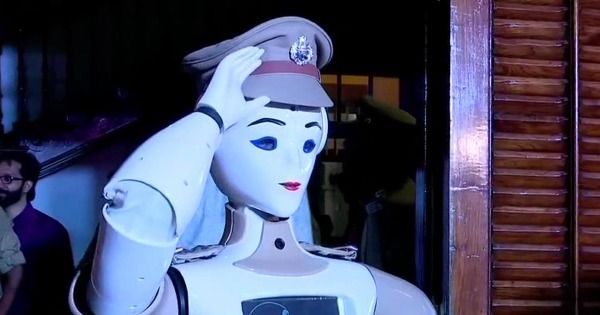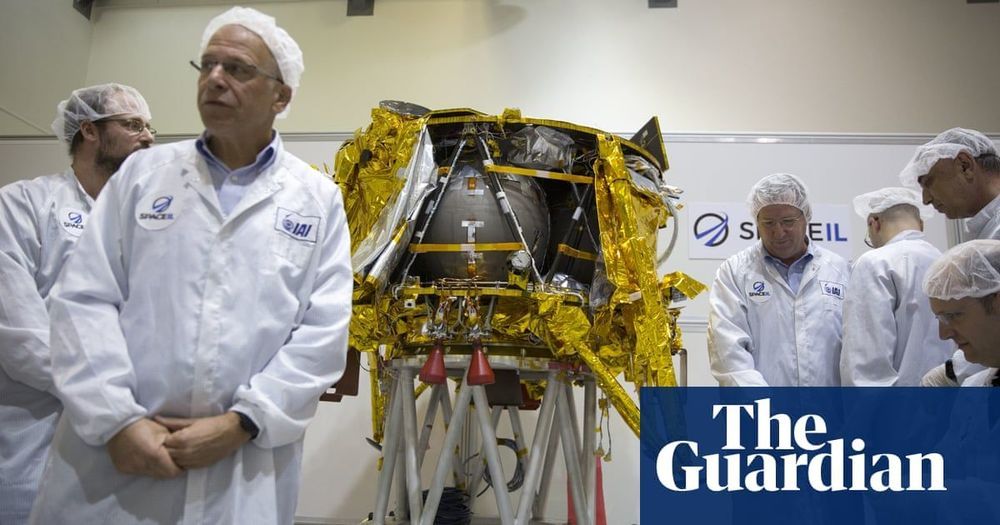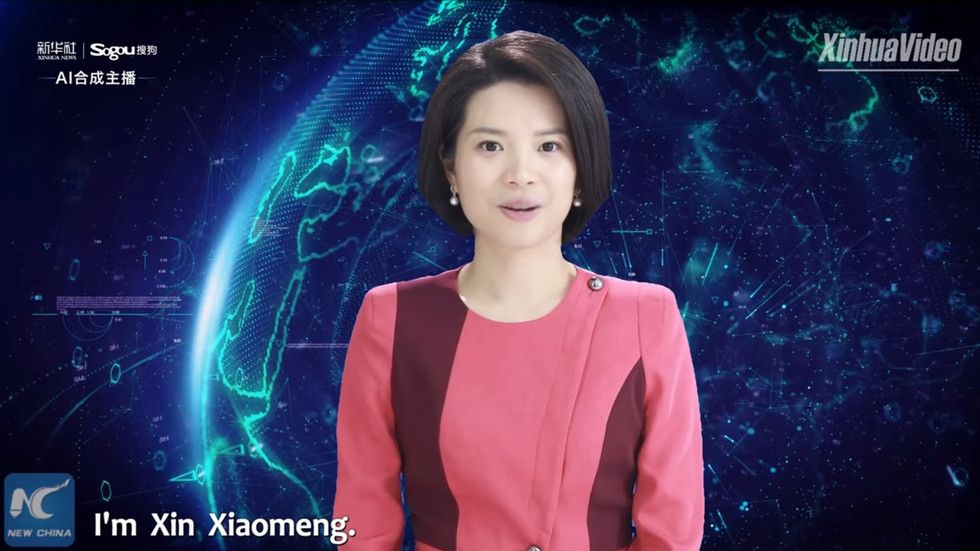In this post we discuss the differences between a Neuralink-style ‘Neural Lace’ and how this compares to a digital brain.



India just swore in its first robotic police officer, which is named KP-Bot.
The animatronic-looking machine was granted the rank of sub-inspector on Tuesday, and it will operate the front desk of Thiruvananthapuram police headquarters, according to India Today.

Advances in artificial intelligence have led many to speculate that human beings will soon be replaced by machines in every domain, including that of creativity. Ray Kurzweil, a futurist, predicts that by 2029 we will have produced an AI that can pass for an average educated human being. Nick Bostrom, an Oxford philosopher, is more circumspect. He does not give a date but suggests that philosophers and mathematicians defer work on fundamental questions to “superintelligent” successors, which he defines as having “intellect that greatly exceeds the cognitive performance of humans in virtually all domains of interest.”
Creativity is, and always will be, a human endeavor.

Researchers at Tel Aviv University say they have developed a new, noninvasive method of discovering genetic disorders that can let parents find out the health of their fetus as early as 11 weeks into pregnancy.
A simple blood test lets doctors diagnose genetic disorders in fetuses early in pregnancy by sequencing small amounts of DNA in the mother’s and the father’s blood. A computer algorithm developed by the researchers analyzes the results of the sequencing and then produces a “map” of the fetal genome, predicting mutations with 99 percent or better accuracy, depending on the mutation type, the researchers said in a study published Wednesday in Genome Research.
The algorithm is able to distinguish between the genetic material of the parents and that of the fetus, said Prof. Noam Shomron of Tel Aviv University’s Sackler School of Medicine led the research, in a phone interview with The Times of Israel.
Incredible new hair dye reacts to your environment.

While it is not a government-led initiative, the state-owned Israel Aerospace Industries (IAI) corporation joined as a partner. If the mission is successful, Israel will become the fourth country, after Russia, the US and China, to reach the moon.
Attempt to become fourth country to send spacecraft to lunar surface blasts off this week.

Chinese state-run news agency Xinhua has unveiled “the world’s first female AI news anchor.” The computer-generated journo will team up with Xinhua’s existing male AI anchors at an upcoming series of political meetings in China.
The virtual reporter, named Xin Xiaomeng, was developed by Xinhua, in conjunction with a search engine company called Sogou. Developers modeled her speech and mannerisms on Xinhua news anchor Qui Meng, and showed her off in a video released on Tuesday.
Xiaomeng is lifelike, blinking and adjusting her hands as she speaks into the camera. Save for some rigid mouth movement, she could pass for the real thing.

Proton pump inhibitors (PPIs), which include well-known brand names Prilosec, Nexium and Prevacid, are among the most commonly prescribed medications in the world. Approximately 10 percent of adults in the United States take these drugs for frequent heartburn, acid reflux and gastroesophageal reflux disease. Given their prevalence, researchers at Skaggs School of Pharmacy and Pharmaceutical Sciences at University of California San Diego mined the FDA Adverse Effect Reporting System (FAERS) database for unexpected consequences of PPI consumption.
In the study, published February 19, 2019 by Scientific Reports, the team found that patients who took PPIs were more likely to experience kidney disease than people who took histamine-2 receptor antagonists, another form of antacid that treats the same conditions and includes the brands Pepcid and Zantac.
“Post-marketing data collected by the FDA and deposited in the FAERS database allows us to look for potential adverse effects beyond what was found in a clinical trial, which may not have lasted as long or included as much diversity as the FAERS does,” said senior author Ruben Abagyan, Ph.D., professor of pharmacy.

We have come to the point where we need an Alt Min Corporate Tax. It is time to take away the Welfare Payments that these parasite Corporations receive.
Jeff Bezos of Amazon has found a way to not paying Corporate taxes for the 2nd year in a row.
This simple fact says a lot about the kind of person that Jeff Bezos is and the Corporate Culture of Amazon. The reality that Jeff Bezos and Amazon believes that they do not have to contribute to the well being of America is the most important items for this individual and corporate entity. This screams volumes of the corporate responsibility culture that most corporations have for America.